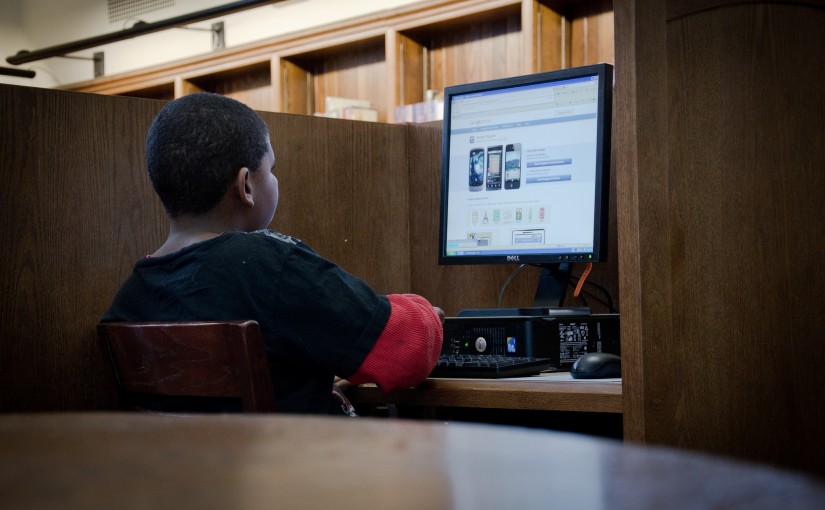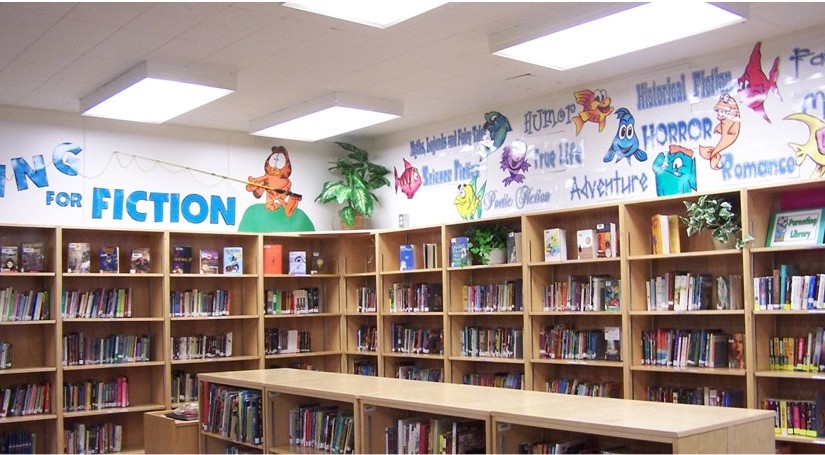Tag: School Librarian
-

School Libraries: Adapting to the Digital World
Libraries may be traditionally thought of as buildings were books are kept, but in a digital world, libraries are changing to become much more. As libraries evolve to the Information Age, they are taking on completely new models that focus on different kinds of resources and spaces. However, the goals of libraries—especially school libraries—remain the…
-

Making the Library a Space Children Want to Be
Libraries can play an important role in children’s lives. They are a safe place to spend time and discover the joy of reading. Libraries are also spaces for community—places to play and discover, imagine and inspire, learn and study, and even take some much-needed quiet time. But children won’t flock to the library just because…
-

Promoting Summer Reading
Reading is more than a great way to pass the time. It expands vocabulary, develops empathy, and improves analytical skills. Research has also shown that how much a child reads over the summer has a strong correlation to how much they retain from last year’s lessons—the more a child reads, the less of a “summer…
-

How School Libraries Boost Student Achievement
For over two decades, growing body of research has shown a close correlation between school libraries and student success. Without these resources, students don’t reach their potential and a greater gap grows between the highest performing children and disadvantaged students But improving performance doesn’t just come down to resources. One of the biggest factors had nothing to…